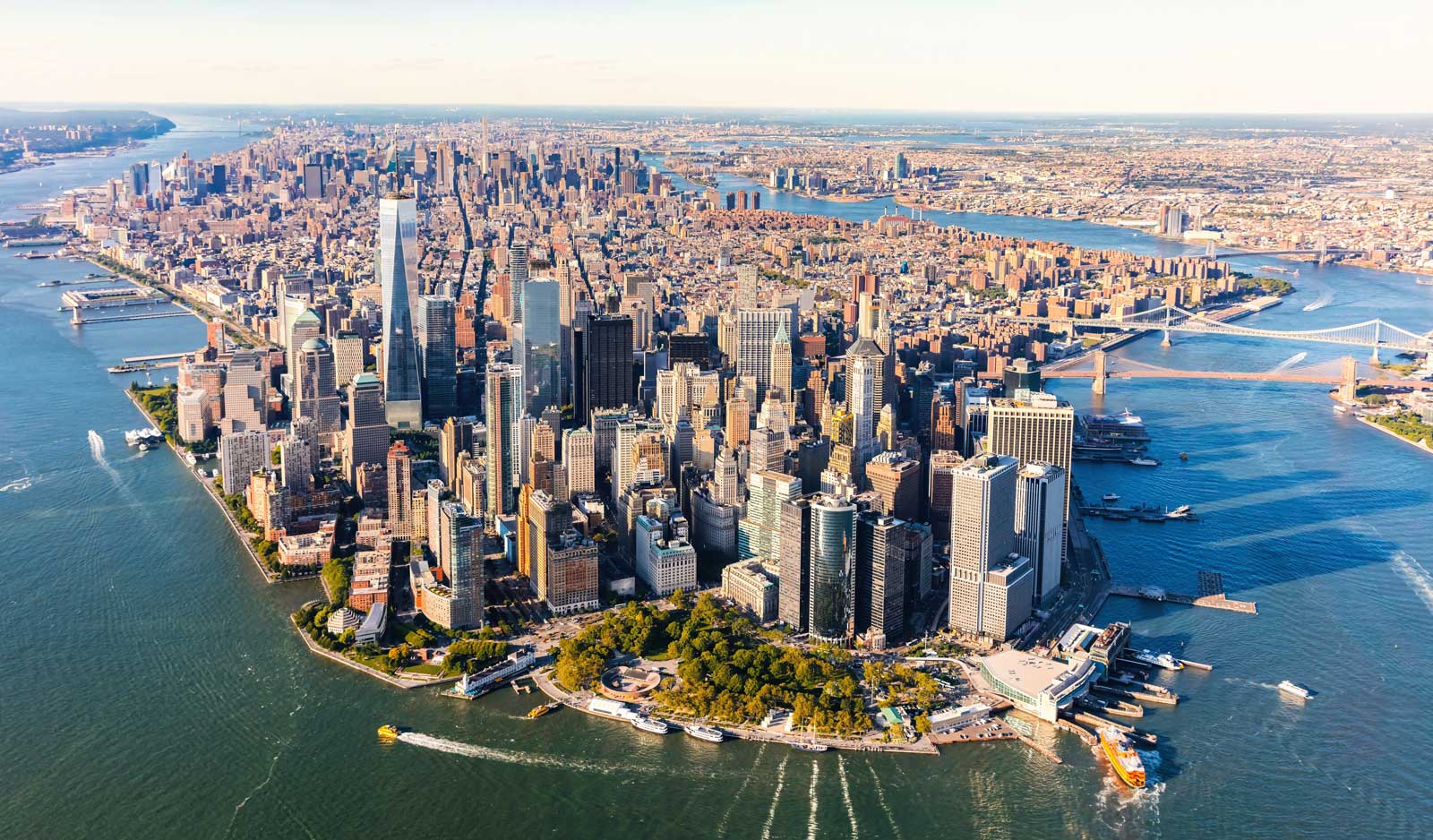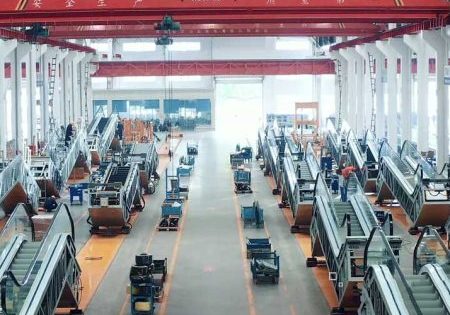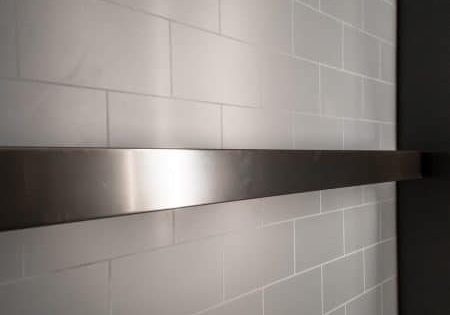Navigating one of the most complex built environments to keep NYC moving safely
by Philip W. Grone
This year is the 170th anniversary of the 1853 Exhibition of the Industry of All Nations held in NYC. That World’s Fair is famous for the first free-fall elevator safety demonstration, a milestone event in innovation and safety principles in building transportation that triggered a revolution in the urban environment and generated new concepts in building utilization, design and construction. It made the skyscraper possible and changed cities forever.
In our time, skyscrapers dominate the landscape of major cities, and safe elevator travel has permitted greater urban density than ever thought possible. Nowhere is the character of the modern city more prominent than NYC. It has been a showcase for tall buildings ever since the 128-ft-tall The Tower Building was constructed in 1889. Today, NYC is home to more than 300 skyscrapers, with One World Trade Center rising 1,776 ft to the summit of NYC’s skyline.
Skyscrapers, however, represent a fraction of the buildings in NYC. The borough of Manhattan alone contains more than an estimated 62,000 buildings, many of which rely on elevators and escalators. Across NYC, roughly eight million residents and more than 10 million visitors each year require reliable and safe vertical transportation. And, NYC and its needs are constantly changing. The New York Building Council estimates that US$86 billion in NYC construction spending took place in 2022, with an estimated total of US$270 billion expected to be spent in the sector over three years through 2024.
With a wide spectrum of building types, ages and purposes — as well as more than 84,000 elevators, including more than 63,000 passenger elevators — the management of the built environment in NYC is one of the most complex public and private property management challenges anywhere. Only deep, sustained collaboration and cooperation between the industry, the state and city regulatory authorities can make the system run.
Acting Together, but Gaps Remain
One of the most recent challenges to confront the industry occurred in early 2022 when implementation began on the New York State Elevator Safety Act, which mandated licensure for elevator contractors, mechanics and inspectors. The Act recognized the importance of a well-trained workforce and regulated industry to maintain high levels of safety and public confidence. A significant part of the complexity of implementing these needed requirements arose out of the mandate for elevator mechanics to be licensed by New York State, as well as NYC, to perform any elevator work.
While there were initial concerns about timely implementation, the new licensing requirements were successfully carried out. The solid results were due to the close coordination and cooperation between state and city government, industry and labor. More than 5,000 mechanics licenses were issued statewide, alongside roughly 3,500 licenses in NYC, in a very brief period with no negative impact on operations or service to the industry’s customers and the riding public. Licensing implementation rested upon an already established pattern of cooperation between industry and the NYC Department of Buildings (DoB) that routinely resolves operational issues involving online management systems, inspection and filing requirements, as well as other business process improvements.
The challenge for the industry as it enters any code revision cycle is the reality that NYC maintains complex, unique building and elevator codes that deviate substantially from the consensus contained in the ASME model code.
Despite the success in licensure over the past year-and-a-half, additional flexibility is needed to ensure the industry can deliver for customers and the riding public. Occasionally, the pace of construction, maintenance and repair overtakes the ability of the workforce to support it. In those instances, 25 states and the District of Colombia recognize the need for the industry — with oversight by regulatory authorities — to use licensed “temporary mechanics.” These temporary mechanics are typically individuals in their third year of apprenticeship and are qualified to perform certain specified tasks typically reserved for a licensed mechanic. Most often, regulatory authorities permit the regularly licensed workforce to be augmented in this manner for periods up to 30 days. New York State is among the few jurisdictions issuing licenses that do not provide for this authority. There is a need to amend the New York State Elevator Safety Act to allow for temporary mechanics when a sufficient number of licensed mechanics is not available to support the immediate workload.
The Code’s the Thing
Beyond licensure, there is much more on the plate for the industry in NYC. This summer, the DoB began a new code revision cycle to update the construction and building codes. This comprehensive effort will require significant coordination over the next three years among the various construction disciplines and technical committees involved in the code revision process.
The previous update to the New York Building Code provided for several important changes affecting the elevator industry, including:
- Modernizing the elevator code to the 2013 version of ASME A17.1/CSA B44
- Establishing new, unique accessibility requirements without disruption to existing accessibility functions
- Mandating permanent two-way communication between the elevator car, remote machine or control room and the lobby fire command station
- Implementing changes to fire and emergency operations
- Making hundreds of technical changes to the elevator and other codes affecting building transportation installation, maintenance and repair
The challenge for the industry as it enters any code revision cycle is the reality that NYC maintains complex, unique building and elevator codes that deviate substantially from the consensus contained in the ASME model code. NYC leads the nation in deviations from ASME A17.1/CSA B44 with well over 100 changes that affect all manner of industry design, installation and equipment management.
All parties in the code revision process have the same goal: to bring the latest technology and construction techniques to NYC with the utmost regard for the safety of the workforce and the public. For the elevator and other industries, there will almost certainly be disagreement with regulatory authorities on how to best accomplish our shared goals. But, as the industry demonstrated during the rollout of licensure and in the prior code revision process, cooperation focused on solutions yields great results. NYC is a complicated regulatory and operational environment, but to paraphrase Sinatra, if the industry can make it there, we can make it anywhere.
To learn more about the National Elevator Industry, Inc. (NEII), go to neii.org.
Get more of Elevator World. Sign up for our free e-newsletter.










